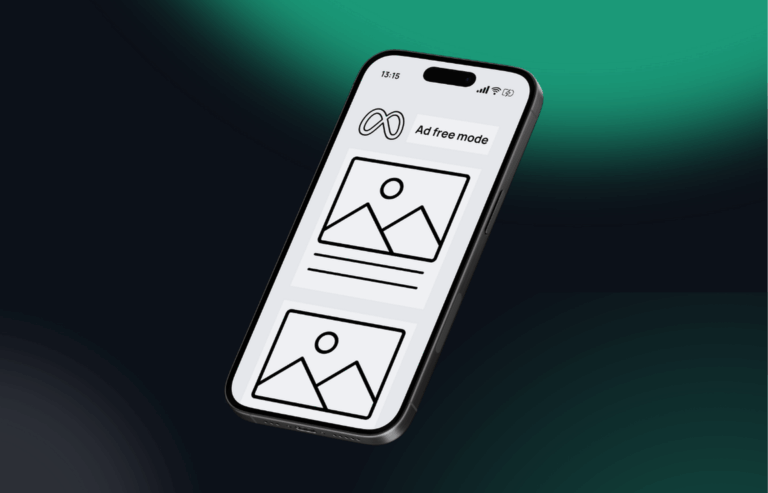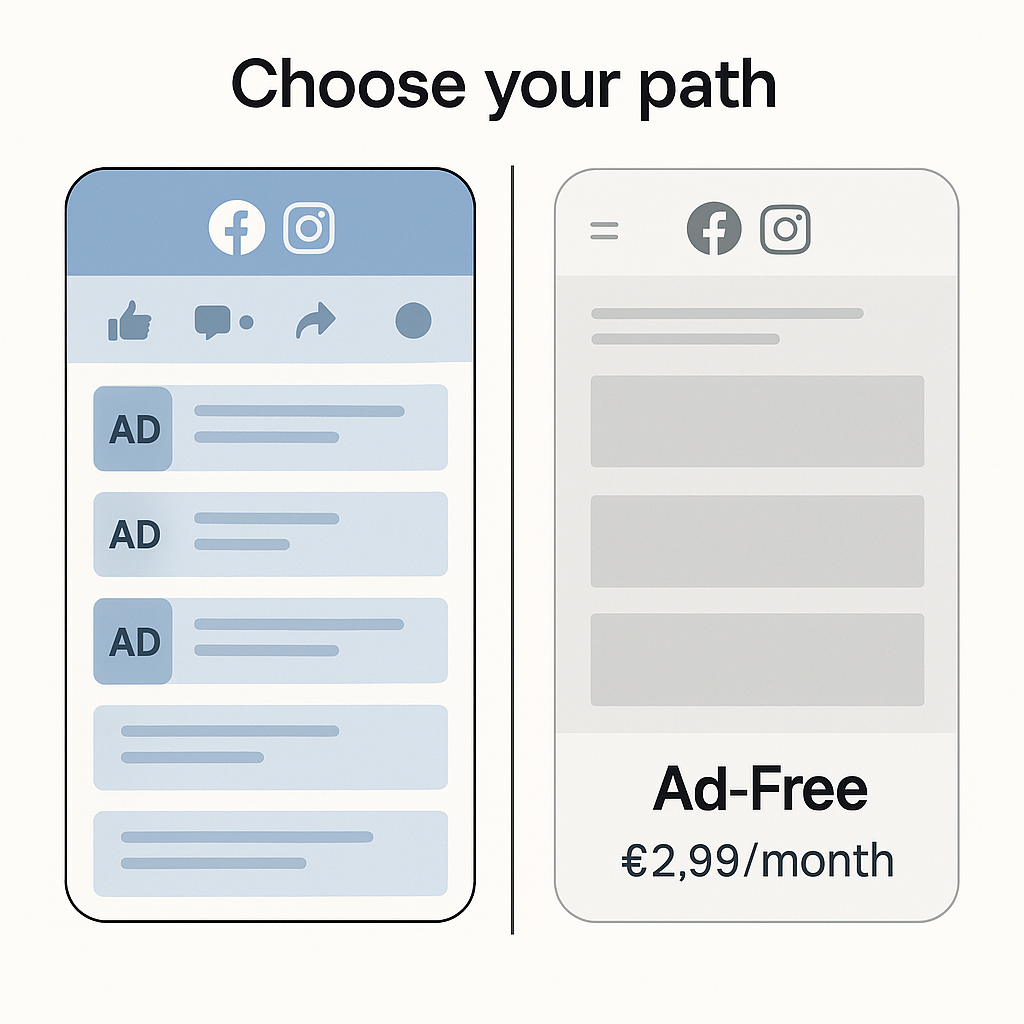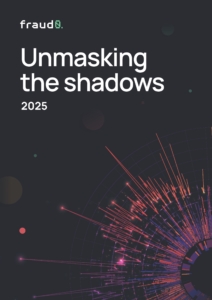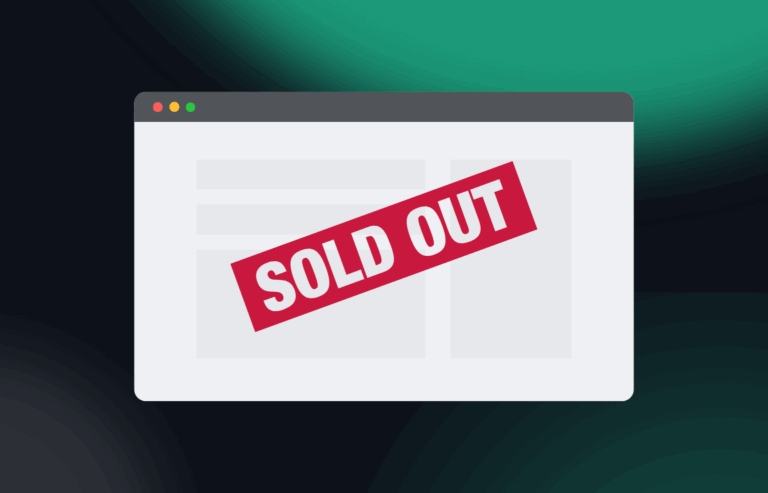- Blog
Meta’s No-Ads Experiment: A Turning Point for Marketers

Oliver Kampmeier
Cybersecurity Content Specialist

Meta’s latest move to offer Facebook and Instagram without ads in the UK might sound like a small product update, but it represents something much bigger. For the first time, one of the world’s largest ad-funded platforms is asking users to choose between paying with money or paying with their data. This moment signals a shift in how digital marketing, user consent, and privacy are coming together. For marketers, it raises important questions: What happens when valuable audiences start opting out of ads? And what new gaps and opportunities emerge in a world where privacy becomes something users can buy?
Why Meta Is Doing This
Meta’s decision to test a “subscription for no ads” model follows growing regulatory pressure across Europe. Under GDPR, platforms must prove that users have a real choice in how their personal data is used. Regulators have long argued that Meta’s “free if you accept ads” model did not offer that. By introducing a paid, ad-free option, Meta can now claim it provides a genuine opt-out. Priced at roughly £2.99 per month on web and £3.99 on mobile, the subscription turns privacy into a product feature and challenges Meta’s ad-dependent business model. This is not just a compliance issue but a test of how much users truly value their data and whether the ad-funded internet can stay sustainable in a privacy-first world.

What Changes for Marketers
Meta’s new model changes who can be reached, how campaigns are measured, and which audiences remain visible. Even if adoption stays small, the ripple effects could be significant.
A Smaller and More Selective Audience
Those who pay to remove ads are likely to be privacy-conscious and more affluent, precisely the consumers many brands target. Losing access to this group could make campaigns less balanced and push marketers to rethink segmentation and messaging.
Weaker Data and Attribution Gaps
Each user who opts out removes a valuable set of behavioral signals. This weakens remarketing, lookalike modeling, and attribution accuracy. To maintain performance, marketers will need stronger first-party data and better measurement frameworks.
Rising Competition and Costs
With fewer targetable users, ad inventory becomes more competitive, driving up CPMs and CPAs. Success will depend more on creative quality, storytelling, and relevance than on precise targeting alone.
Renewed Focus on Owned and Earned Channels
As paid reach shrinks, owned channels such as email, communities, and organic content regain importance. Building long-term trust and relevance outside paid media becomes a key differentiator.
Strategic Gaps and New Opportunities
While the model introduces uncertainty, it also encourages marketers to build more resilient, privacy-respecting strategies.
Investing in First-Party Data
With third-party signals fading, first-party data becomes the core of personalization. Brands that collect consented data through loyalty programs or value exchanges can maintain accuracy without compromising privacy.
Creativity as a Competitive Edge
When targeting narrows, creativity carries campaigns. Authentic storytelling and strong brand identity matter more than algorithmic precision.
Diversifying Beyond Meta
Depending heavily on one platform is risky. Expanding into other social channels, search, and contextual advertising helps maintain reach and reduces reliance on Meta’s ecosystem.
Building Trust Through Transparency
Brands that communicate openly and respect user consent will gain long-term loyalty. Treating privacy as a right, not a premium feature, can strengthen brand reputation.
The Bigger Picture: Marketing in a Pay-for-Privacy World
Meta’s new model reflects a deeper transformation in the digital economy. The long-standing idea that users “pay” for free services with their data is being redefined. For the first time, people are seeing the price of privacy in real terms and it may set a precedent far beyond social media. If the approach spreads to other platforms, marketers will need to balance performance with principles. The trade-off between reach and respect for user consent is no longer a regulatory checkbox but a competitive factor. In a world where privacy has a price tag, trust becomes the ultimate currency. This change also redefines what it means to create value in marketing. Campaigns can no longer rely solely on access to granular user data. They must provide relevance, utility, or entertainment that earns attention willingly. This shift could lead to a healthier advertising ecosystem where meaningful engagement replaces passive exposure as the key performance metric.
A New Era of Consent-Driven Marketing
Meta’s ad-free subscription marks a turning point for digital advertising. For years, marketers thrived in an environment where reach was abundant and data seemed limitless. That model is changing. As privacy becomes a conscious choice, marketing must shift from extraction to connection and from short-term performance to long-term trust. The brands that will thrive are those that treat every interaction as earned and every piece of data as a gift. Privacy and performance are not opposites, they are two sides of sustainable, transparent, and human-centered marketing.
- Published: October 15, 2025
- Updated: October 14, 2025

See what’s hidden: from the quality of website traffic to the reality of ad placements. Insights drawn from billions of data points across our customer base in 2024.
Protect Your Data and Analytics From Bots and Invalid Traffic
Take back control over your data and try fraud0.
- 7 days free trial
- No credit card required


